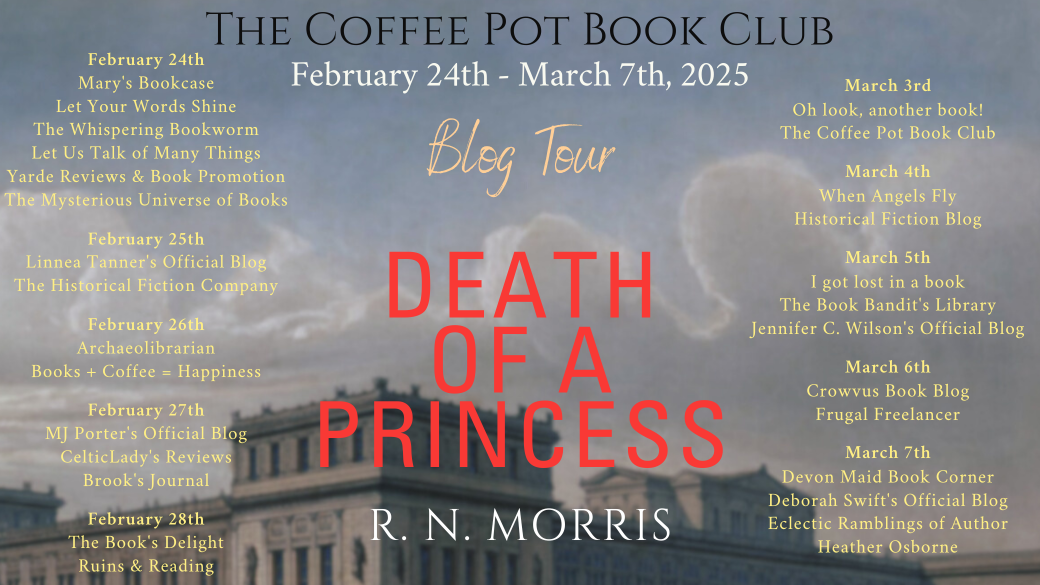
25 Feb R.N. Morris Death of a Princess #HistoricalFiction #CrimeFiction #Russia #Mystery #BlogTour #TheCoffeePotBookClub @rnmorris @cathiedunn
FEATURED AUTHOR: R. N. MORRIS
I‘m pleased to welcome R.N. Morris as the featured author in The Coffee Pot Book Club Blog Tour being held between February 24th – March 7th, 2025. R.N. Morris is the author of the Historical Crime / Mystery, Death of a Princess (Empire of Shadows, Book #3), released by Sharpe Books on 5th November 2024 (192 pages).
Below are highlights of Death of a Princess, the author bio of R.N. Morris, and a guest post entitled, “Rabbit Holes,” about the historical background for the book.
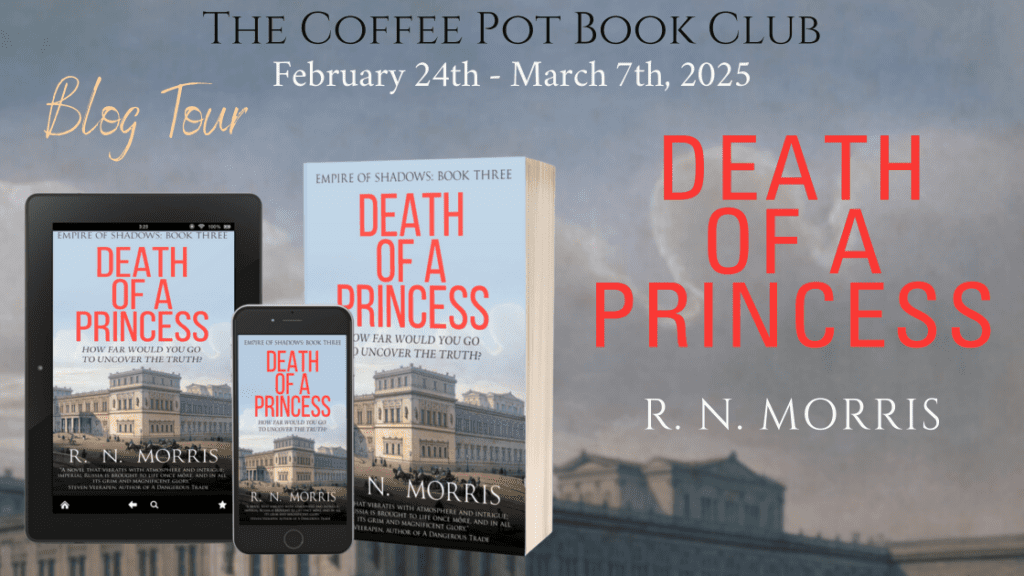
Tour Schedule Page: https://thecoffeepotbookclub.blogspot.com/2025/01/blog-tour-death-of-a-princess-by-r-n-morris.html
HIGHLIGHTS: DEATH OF A PRINCESS
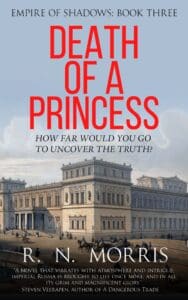
Death of a Princess
(Empire of Shadows, Book #3)
by R.N. Morris
Blurb:
Summer 1880.
Lipetsk, a spa town in Russia.
The elderly and cantankerous Princess Belskaya suffers a violent reaction while taking a mud bath at the famous Lipetsk Sanatorium. Soon after, she dies.
Dr Roldugin, the medical director of the sanatorium, is at a loss to explain the sudden and shocking death.
He points the finger at Anna Zhdanova, a medical assistant who was supervising the princess’s treatment.
Suspicion also falls on the princess’s nephew Belsky, who appears far from grief-stricken at his aunt’s death.
Meanwhile, investigating magistrate Pavel Pavlovich Virginsky arrives in Lipetsk from St Petersburg, seeking treatment after a nervous breakdown.
Against his better judgement, Virginsky is drawn in to the investigation. But is he getting closer to the truth or walking straight into a deadly trap?
Triggers: Description of illness, death, violent crime, murder, sexual references, sexual threat.
Buy Link:
Universal Buy Link: https://books2read.com/u/mvOpq8
This title is available to read on #KindleUnlimited.
AUTHOR BIO: R. N. MORRIS

Roger (R.N) Morris is the author of 18 books, including a quartet of historical crime novels set in St Petersburg featuring Porfiry Petrovich, the investigating magistrate from Dostoevsky’s great novel Crime and Punishment. These were followed by the Silas Quinn series set in London in 1914. He has been shortlisted for the CWA Duncan Lawrie Gold Dagger and the CWA Historical Dagger.
A former advertising copywriter, Roger has written the libretto for an opera, modern retellings of Frankenstein and Macbeth for French school children. He’s also a scriptwriter for an award winning audio producer, working on true crime and history podcasts including The Curious History of your Home.
His work has been published in 16 countries.
Married with two grown-up children, Roger lives in Chichester where he keeps an eye out for seagulls.
Author Links:
Website Twitter Facebook LinkedIn Instagram Threads
Bluesky Pinterest Amazon Author Page Goodreads
GUEST POST BY R.N. MORRIS:
RABBIT HOLES AND RESEARCH
From a research point of view, setting a series in nineteenth century Russia is a bit of a double whammy. Not only do I have to research the period. I also have to research the place.
It’s a challenge, I’ll be honest. I’m not Russian. I don’t speak Russian. And I don’t live in Russia. I can’t just walk out of the front door and go and have a look at a street or building that features in my story, as I could if I’d set it in my hometown of Chichester.
Death of a Princess is actually the seventh Russian-set story that I’ve written. To my amazement, I seem to have built up quite a good feel for the period and setting. There’s a kind of cumulative effect. All the reading and research I did for previous books must have lodged somewhere. Even if I can’t quite recall the exact details of an interesting fact or a historical incident, I have pretty good idea where to look for it. I’ve collected a small library of books on Russian history and society. I’ve got books on industrialisation, entertainment, sex, social inequality, the Russian worker, Russia through women’s eyes, vodka, cuisine… One of my favourites is Mapping St Petersburg by Julie A. Buckler, which even contains a chapter on urban legends.

But I think the book I return to most is The Last Great Tsar, Edvard Razinsky’s biography of Alexander II. It’s not because Alexander features directly in my books (though he did make a cameo appearance in A Razor Wrapped In Silk). But the biography also tells the story of the terrorists who opposed the tsar and repeatedly tried to kill him. Death of a Princess revolves around a group of such proto-revolutionaries, who I’ve loosely based on historical figures described in The Last Great Tsar. Razinsky’s book also gives a really good account of the politics of the period and the key personalities involved.
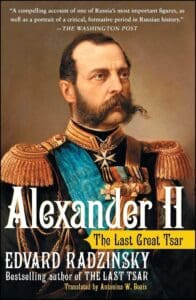
Biographies and memoirs are a great way to approach the past as you see it through the eyes of people who were alive then. I also like to read novels from the time, especially the works of Dostoevsky but other authors too, such as Tolstoy and Turgenev. The nineteenth century was a tremendous period for Russian literature.
For my first four novels, I took the investigating magistrate from Dostoevsky’s masterpiece Crime and Punishment and made him the central character in his own series of investigations. So there’s always been a slightly literary aspect to my books – each one referencing a particular Dostoevsky novel. More broadly, I find novels give me a sense of the social milieu, and just a sense of what it might have been like to be alive then.

Fyodor Dostoevsky, whose novel Crime and Punishment inspired my seven Russian-set books
Naturally, I still want to keep adding to my bank of knowledge and understanding. So I will look for new material to give me fresh insights. For my previous book, The Crimson Child, I read a biography of the tsar’s mistress, whom he eventually married, Princess Katerina Dolgurokova. It contained transcripts of their correspondence, which was incredibly intimate at times.
For Death of a Princess, I discovered a travel book called The Land of the Nihilist: Russia, its People, its Palaces, its Politics. The book was written in 1888 by American journalist William Eleroy Curtis. It’s interesting as it gives an outsider’s view of the country. I’m not sure I used anything specific from it, though Curtis does describe the interior of a train carriages of the era which certainly helped me to imagine one particular scene.
One of the characters in my novel has a homely way of speaking and uses traditional Russian sayings and proverbs. I managed to find an old illustrated book of Russian idioms with literal translations and equivalent sayings in English. It was very useful, though I had to be careful to use it sparingly.
The internet is of course a great source of information. The great danger is that you find yourself falling down rabbit holes and don’t actually find anything useful – and certainly not the thing you were looking for. I sometimes think googling is just a delaying tactic. You know you should be getting on with the real work – the writing – but you just need to find one more vital snippet, which of course you never find. At that point you have to fall back on the most powerful resource you have, your imagination.
The web is especially good for images and maps. These can help me picture the world I’m writing about. When I first visited St Petersburg (after I’d written my first novel A Gentle Axe) I had built up such a strong visual impression of the city that I felt like I was walking into my own imagination. I didn’t do the usual tourist things while I was there. I walked the streets looking at the architecture of ordinary buildings, looking at the types of windows and the arrangement of courtyards. I’m sure I must have looked very suspicious – like a burglar casing out target properties.
While I was there I met a local man called Andrey, who showed me round his home city. Afterwards, I sent him a copy of A Gentle Axe. I was very nervous about my book being read by a genuine St Petersburgian, especially as I had written that book before visiting the city. But he was kind enough to say that it had an “authentic St Petersburg atmosphere”, which pleased me enormously.
My books aren’t just historical novels, they’re crime novels too. So as well as researching period and place, I occasionally have to look into some quite gruesome topics. For Death of a Princess I corresponded with an expert on poisons – Gail Bell, the author of The Poison Principle. Gail very generously shared some of her research and answered my very specific and, to be honest, bizarre questions. I’m only grateful she didn’t call the police!
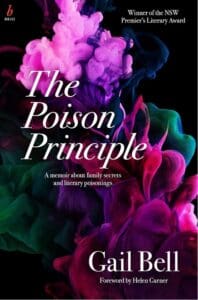
The thing about research for me is that it provides me with the confidence to start writing the story. For the actual writing, I close the books and let my imagination take over. One thing I try to avoid of course is just putting things in the story because they are interesting snippets that I have discovered in my research. If something doesn’t move the story along, or help me create the atmosphere I’m going for, then I’m afraid it doesn’t go in.
 Twitter: @cathiedunn
Twitter: @cathiedunn
Instagram & Threads: @thecoffeepotbookclub
Bluesky: @cathiedunn.bsky.social

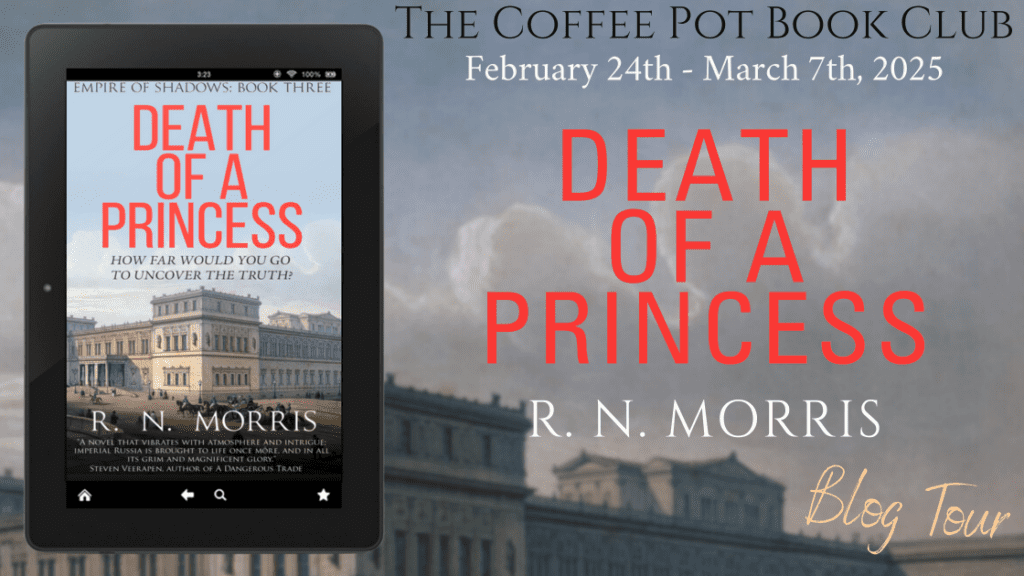

Cathie Dunn
Posted at 05:15h, 25 FebruaryThank you so much for hosting R.N. Morris today, with his intriguing murder mystery, Death of a Princess. Such a great post about research rabbit holes!
Take care,
Cathie xo
The Coffee Pot Book Club
Linnea Tanner
Posted at 16:37h, 27 FebruaryHi Cathie—It was my pleasure to host R.N. Morris and to feature his book, “Death of a Princess.” I enjoyed learning about some of the references he used to support the